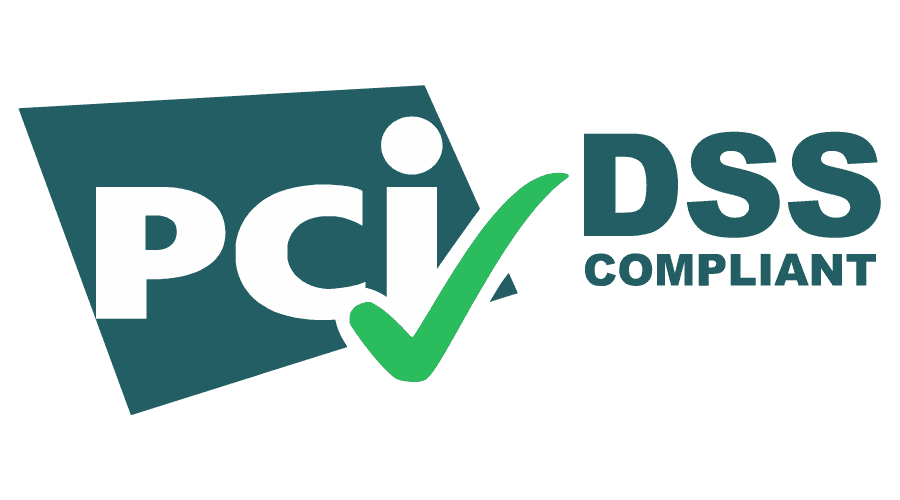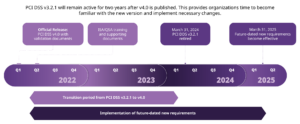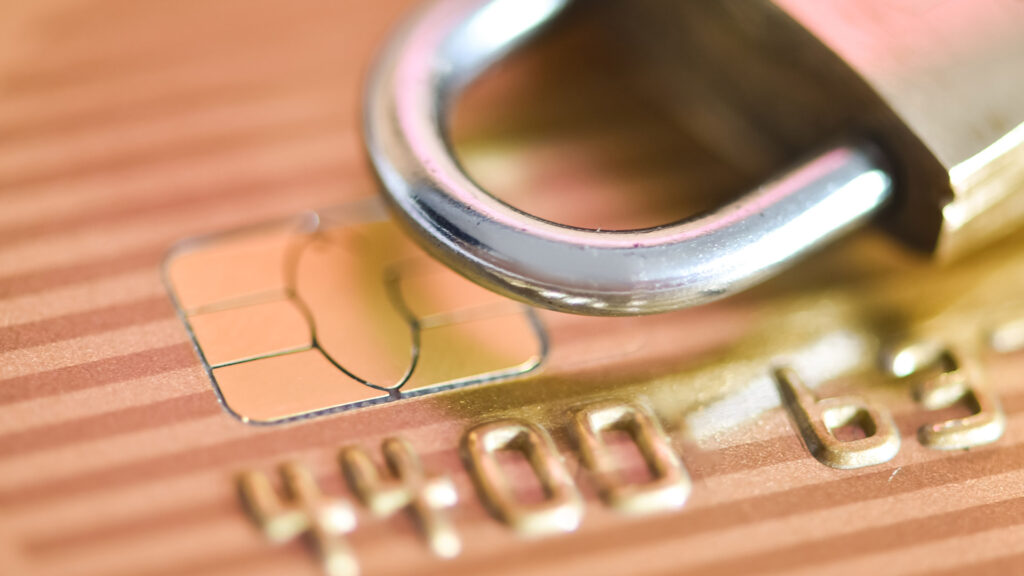Payment Authentication
Payment authentication is critical for businesses and entities accepting payments from clients and end users. The right solution goes beyond mitigating fraud. It helps identify incorrect details to reduce payment errors and lessens waiting time due to identification failure, ensuring a swift, successful payment process.
Types of Payment Authentication
The two primary types of authentication are two-factor authentication and biometric authentication.
Two-Factor Authentication (2FA)
When the end user transacts with you, your security system will prompt them to verify their identification through two distinct forms. Usually, the first step is entering their password and the second is validating their identity by entering a code they received via text. The second authentication method could also include fingerprint or face recognition.
Biometric Authentication
Biometric authentication uses facial recognition, retina identification or a fingerprint to authenticate the end user. Biometrics is a safer, more secure way to validate your client’s identity than other legacy methods.
Payment Authentication and Authorization
Both payment authentication and authorization serve as means to ensure that a transaction is successful. The two do, however, have distinct roles within the payment process.
During authentication, the client or end user must show that they’re the person authorized to use the credit or debit card. They have to share information to verify their identity. Authorization is essentially the second step, which ensures there are sufficient funds in the user’s account to complete the transaction.
With this layered approach to payment authentication, it’s vital that your business has the necessary tools to accept payments seamlessly.
The Importance of Payment Authentication
Payment authentication is critical in protecting your business and end users. CSG Forte helps you scale your business while protecting users’ data with a unified payment platform. You can accept debit, credit and ACH payments safely with our comprehensive approach to payment authentication.
Stay Nacha-compliant by validating payments with real-time, actionable data so you can keep business transactions going without delays caused by manual errors. Our payment authentication solution:
- Protects you from unauthorized transactions: Unauthorized transactions can cost you money and downtime. Payment authentication helps ensure users are authorized and transactions are valid.
- Mitigates fraud: A comprehensive, secure authentication system helps mitigate fraud and identity theft. Successful authentication gives you the confidence to transact with end users.
- Reduces payment errors: Manual insertion of account numbers and other important details can result in errors. Payment authentication can help identify them before authorization.
- Builds client trust: Your customers will appreciate your protecting their data with high-level security solutions. Security builds trust and confidence, ensuring you foster good client relationships.
- Engages end users: The right payment authentication method can engage users when you utilize industry metrics to your advantage. Evaluate and quantify user experience from different methods to maximize client satisfaction.
- Increases your bottom line: Reliable authenticating and validating payment systems that decrease transaction delays can reduce returned checks and speed up the payment process.
Future Trends in Payment Authentication
Payment authentication systems are becoming more secure and decentralized. Here’s a look at what’s ahead.
Technological Evolutions in Payments
Payment ecosystems are becoming more future-ready. The industry is introducing new ways of securing systems and standardizing operations, including:
- Artificial intelligence (AI): AI can process large batches of information faster and more securely than humans. It’s paving the way for innovative, dynamic security solutions in the fintech industry.
- Blockchain: Blockchain cuts out intermediaries and decentralizes the payment process. It offers transparency and robust protection against fraud and hackers.
- Payment as a Platform (PaaP): PaaP revolutionizes the payment experience. Third parties can offer their services on payment platforms and create new revenue streams.
Continuous Authentication Methods
Continuous authentication methods validate users throughout online sessions, not just at the beginning. Validating users throughout an online transaction helps prevent fraudsters from hijacking the session. When the user pauses, ends or is away from their screen for an extended period, the software prompts them to enter their security credentials again.
Best Practices for Implementing Payment Authentication
Implementing a secure payment authentication process is just the start. It’s best to complement it with other security measures, including:
- Require strong passwords: A strong password policy for your end users secures your platform and their payment information.
- Upgrade your communication channels: Whether you use an online chat service or automated cross-application communication, secure your communication channels with a robust system.
- Regularly update your security patches: When you update your system regularly, you strengthen your security. Close patches that could threaten your sensitive information with regular checks.
- Train staff and keep your end users informed: Maintaining cybersecurity is a team effort. Keep all parties updated about the latest threats and adequate security measures.
Implementing Payment Authentication in Your Business
Integrating secure authentication processes is paramount to protecting your clients’ data. There are several factors to keep in mind, such as:
- Authentication and validation: Authenticating and verifying identity can reduce returned checks and costly fraud.
- Accepting payments: An agnostic payment system can accept payments cross-border and from any channel.
- Integration: Add-ons and third-party integration should be flexible. Seamless integration and effective resale of separate software components bring new streams of revenue.
Payment authentication should be implemented in any business that accepts payments locally or globally. It can benefit small and medium companies and entities in healthcare, property management, insurance and government.
Payment integration scales your business, which is especially valuable for independent software vendors (ISVs). Integrating the right payment software with your existing offer allows you to deliver more in one streamlined solution.
CSG Forte Is Your Trusted Partner in Payment Authentication
A comprehensive payment authentication system protects you and your end users from fraud and reduces payment errors before authorization, ensuring seamless transactions. With the rise of AI and forward-thinking technology, payment solutions will continue to evolve. Adopting an all-in-one solution from CSG Forte can help you scale your business, ensuring you accept payments seamlessly and safely.
We at CSG Forte work hard to simplify your payment processes. Create an account today if you’re ready to get started. You can also call us at 866-290-5400 or reach out online for more information.












